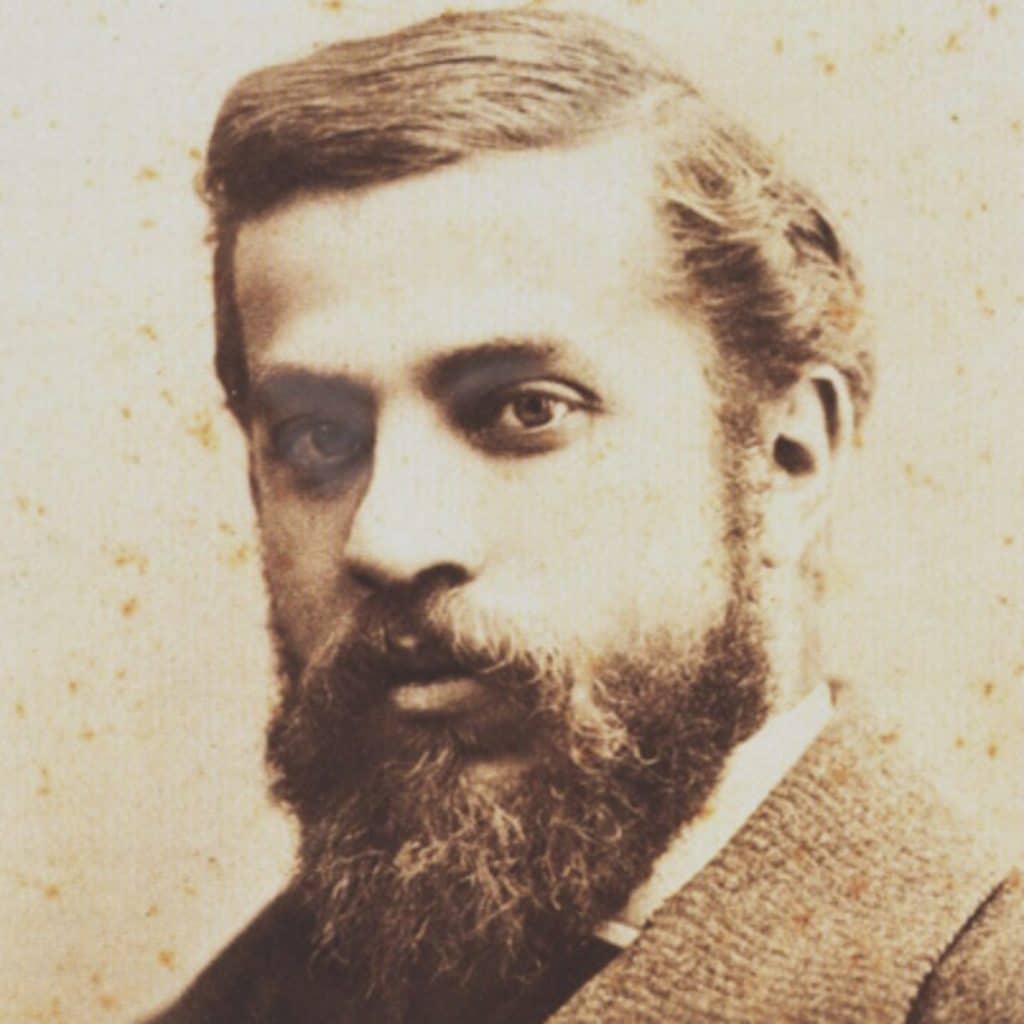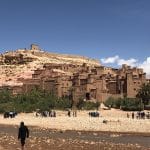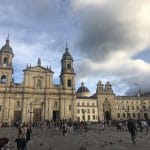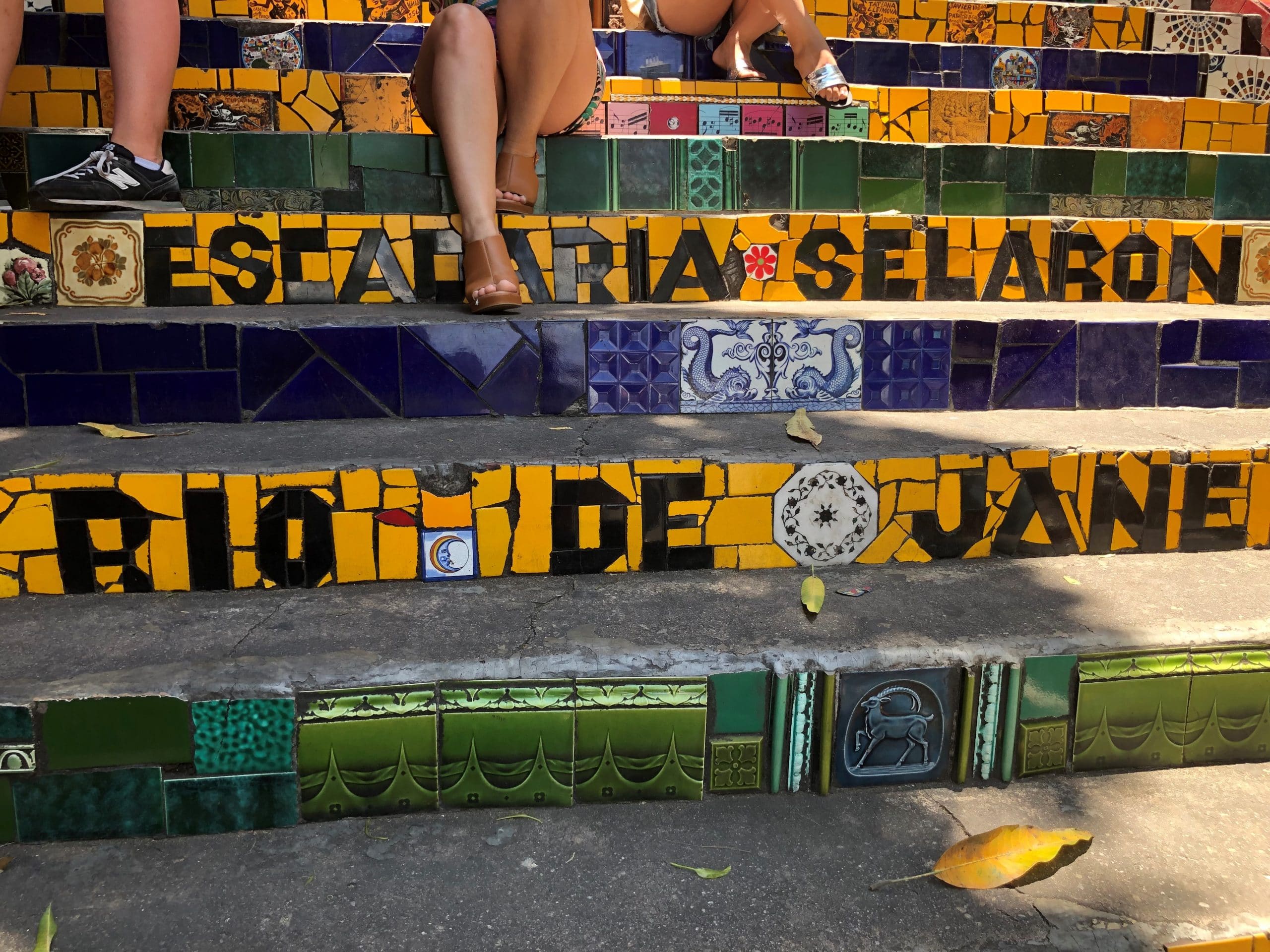Why Gaudi is the Soul of Barcelona's Architecture
It is impossible to step foot in Barcelona and not hear the name Antoni Gaudi. This famed architect’s genius shaped so much of the city that his name is echoed daily in the streets. His remarkably unique style left its mark throughout the city long after his death. These are some of the many reasons that Antoni Gaudi is the soul of Barcelona’s architecture.
Who Was Antoni Gaudi?
Antoni Gaudi’s tragic death came before the completion of his final project, the Sagrada Familia. He was struck by a tram while walking home from prayers at the age of 73.
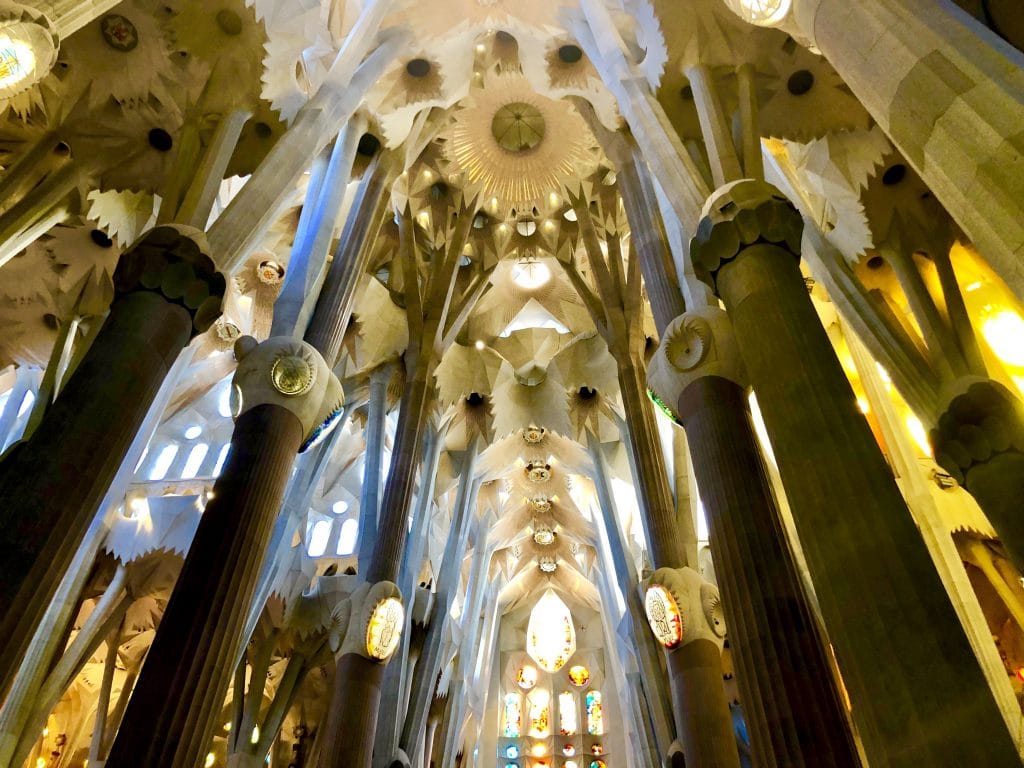
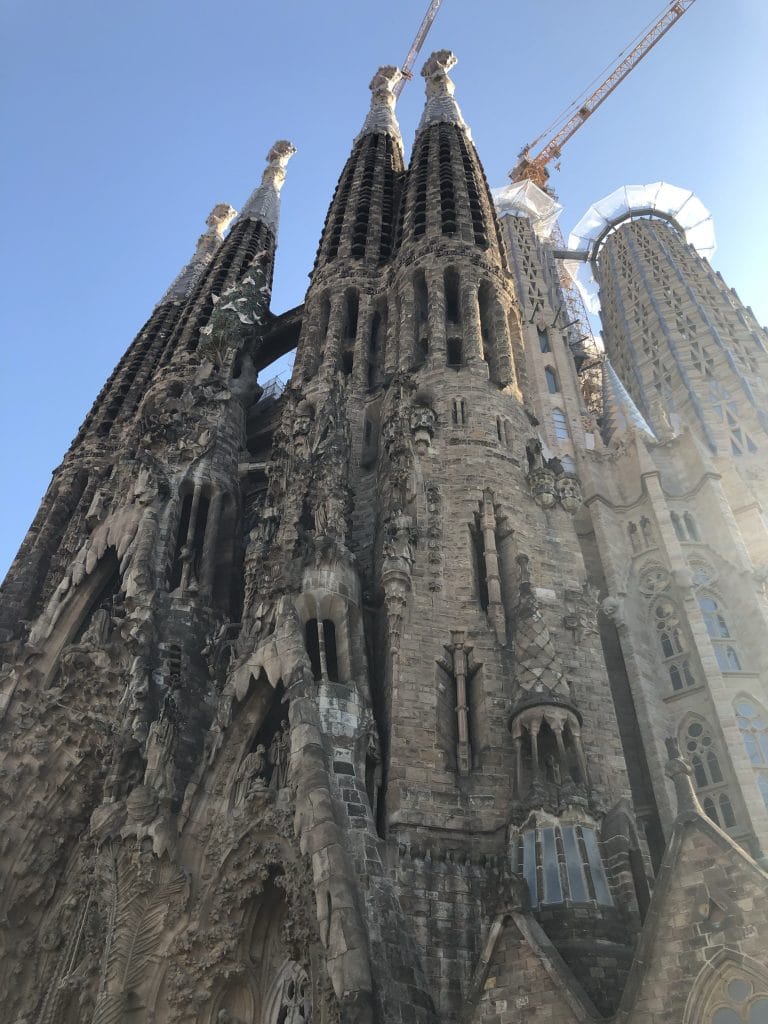

The Sagrada Familia
This fantastic yet unfinished church was the final project undertaken by Gaudi before his death. It is a marvelous work of art with an incredibly intricate theme and style. Gaudi’s vision superseded every expression of Catalan Modernism.
Though it did not begin as his project, Gaudi took over as the chief architect of the Sagrada Familia in 1883. The project was so intricate that at his death in 1926 it was only 1/4 of the way completed. It is an intricate design of 18 spires, 3 facades (Nativity, Glory, and Passion).
The interior of the Sagrada Familia is a breathtaking construction of pillars and stained glass windows that play off the light of the sun. The design incorporates themes of Catholicism with a deep love and appreciation of nature. It was by far Gaudi’s greatest vision, though he didn’t live to see it completed.
After his death, construction of the Sagrada Familia continued slowly because it relied on private donations. At the outbreak of the Spanish Civil War, construction stopped, and in 1936 revolutionaries set fire to the crypt. During the break-in, some of Gaudi’s plans were destroyed. It took nearly 16 years to piece together parts of the original model.
In 2005 the Sagrada Familia was inscribed as a member of the UNESCO World Heritage Site list. With the help of generous benefactors and ticket sales from tourism, the construction of Gaudi’s master work continues to this day. It is expected to be completed by 2026, at the centennial anniversary of the architet’s death.
The completion of La Sagrada Familia is meant to be a tribute to the legendary architect, who’s final resting place is in the crypt of his last masterpiece.
Do you Love Eternal Escapades?
Want to see more great content? Show your support of this site with a small gift to help keep it running. Every bit helps and is greatly appreciated!
Casa Mila
As one of Gaudi’s more well known constructions, Casa Mila is easily one of the most unique buildings ever built. It was one of the last private residential buildings designed by the great architect. Nicknamed “La Pedrera”( meaning “the stone quarry”) it’s white modernist facade is highly unusual.
Also an inductee on the UNESCO World Heritage Site list, Casa Mila features glorious hallways and patios, massive iron gates, and a fantastic rooftop layout. There are a total of 20 apartments inside the building. What makes Casa Mila unique is its self-supporting stone facade, which means that it has no load-bearing walls.
Gaudi was so proud of this creation that he even had specific furniture designed for the first floor. It was part of his modernistic design, though it is no longer housed in the building. It is impossible to walk down Passeig de Gracia without stopping to marvel at this artistic creation.
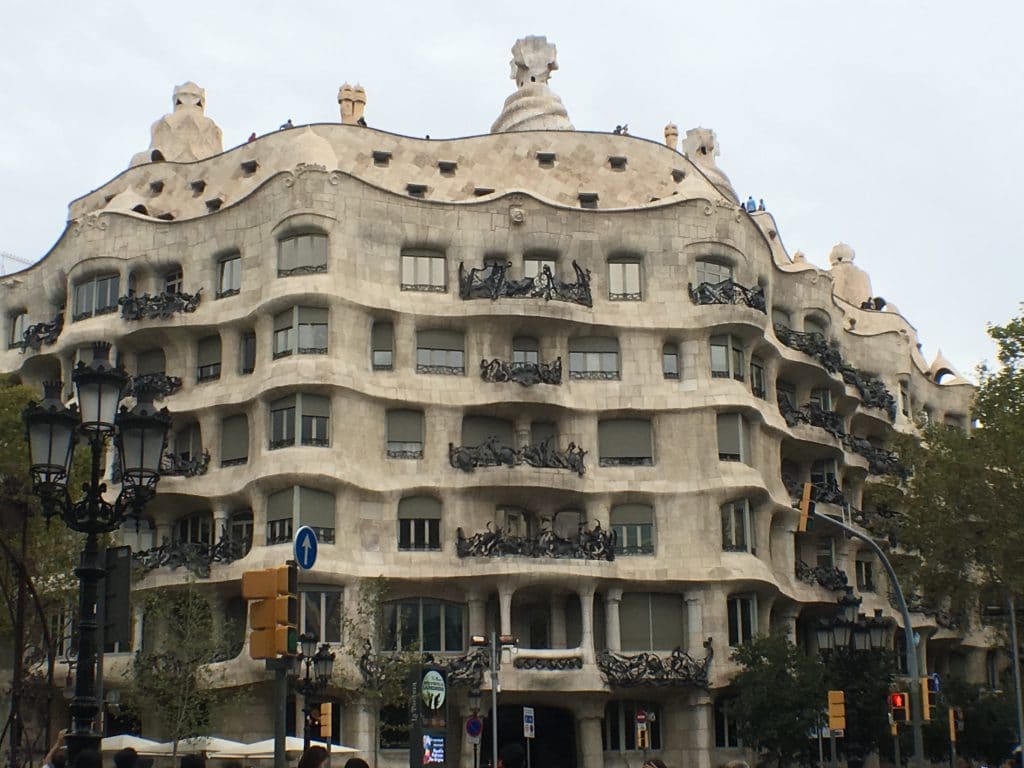
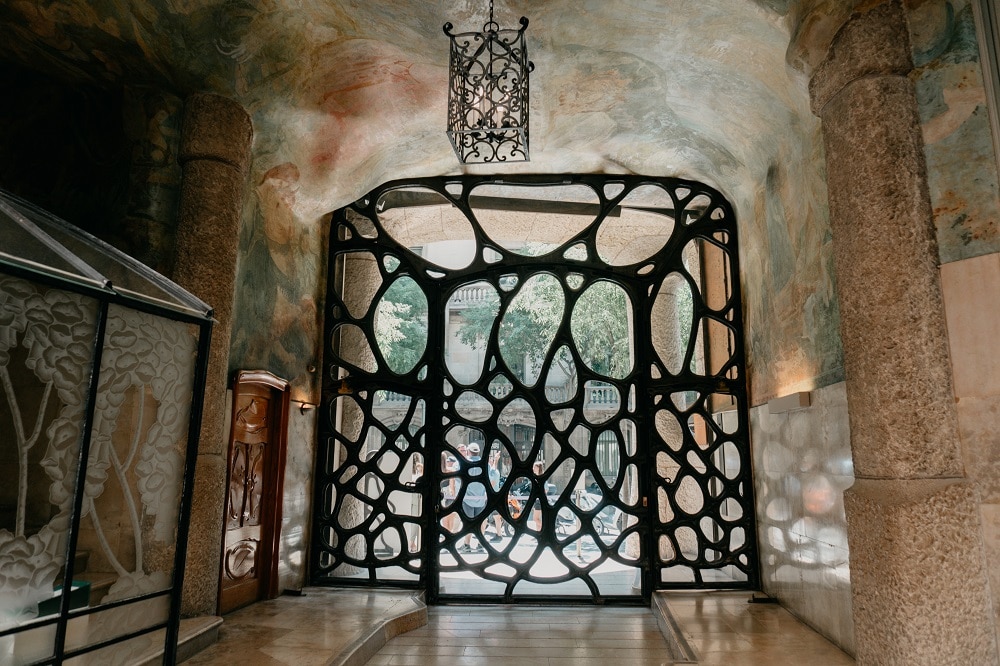

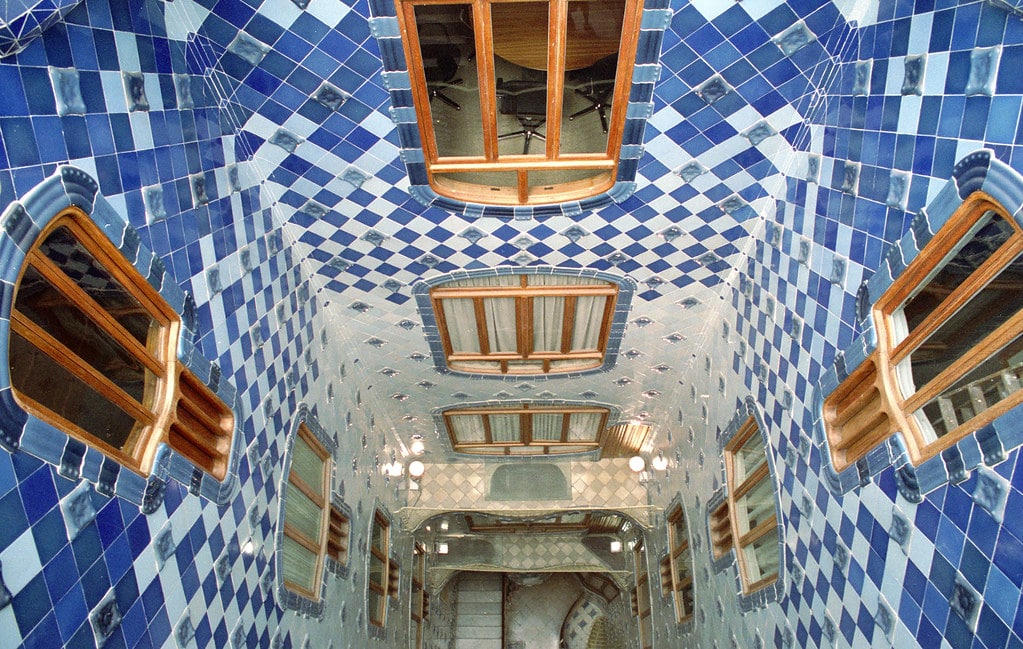
Casa Batllo
Also on Passeig de Gracia, Casa Batllo is another of Antoni Gaudi’s masterpieces. Actually, it was a remodel of a previous building, and since Gaudi’s reconstruction in 1904 it has has been refurbished several times. None the less, it’s unique style is still notable to this day, and ranked among Gaudi’s works on the UNESCO World Heritage List.
In addition to the similar features shared between Casa Batllo and Casa Mila (such as the specifically designed rooftops and lofts), Casa Batllo’s facade is broken into three sections that flow seamlessly together. It is colorfully comprised of mosaics and balconies that offer a complete and composed expression of modernism.
Most interesting about Casa Batllo is the uneveness of the floors. Gaudi intentionally designed uneven floors. As such, it is very difficult to furnish the apartments, since most regular furniture comes with even high of the legs. Casa Batllo has a dedicated furniture manufacturer who produces furniture that can stand straight on its floors.
Park Guell
Essentially a park within a park, Park Guell is Antoni Gaudi’s most notable contribution to public works. Also included on UNESCO’s grouping of his works, this series of architectural elements, mosaics, and gardens screams Catalan Modernism at every turn.
From the mosaic viewing platform to the mosaic salamander, colossal birds nests and massive archways leading to the viaduct, Gaudi’s individualism and style is evident in every element of this park. He incorporated elements of nature such as animals and botany in the creation of elaborately colorful mosaics.
Park Guell creates an environment you just want to get lost in. Despite its popularity as a tourist attraction, there are so many places to enjoy the calm and beauty of this one of a kind park. Every piece of it reminds you of the pure genius emanating from the architect who designed it.
Plus, the view from the park is incredible. Strategically placed atop a hill overlooking the city of Barcelona, Gaudi’s expression towers over the city as an everlasting reminder of his contribution to it. Best seen at sunset, it is probably the most serene of his additions to modern architectural design.
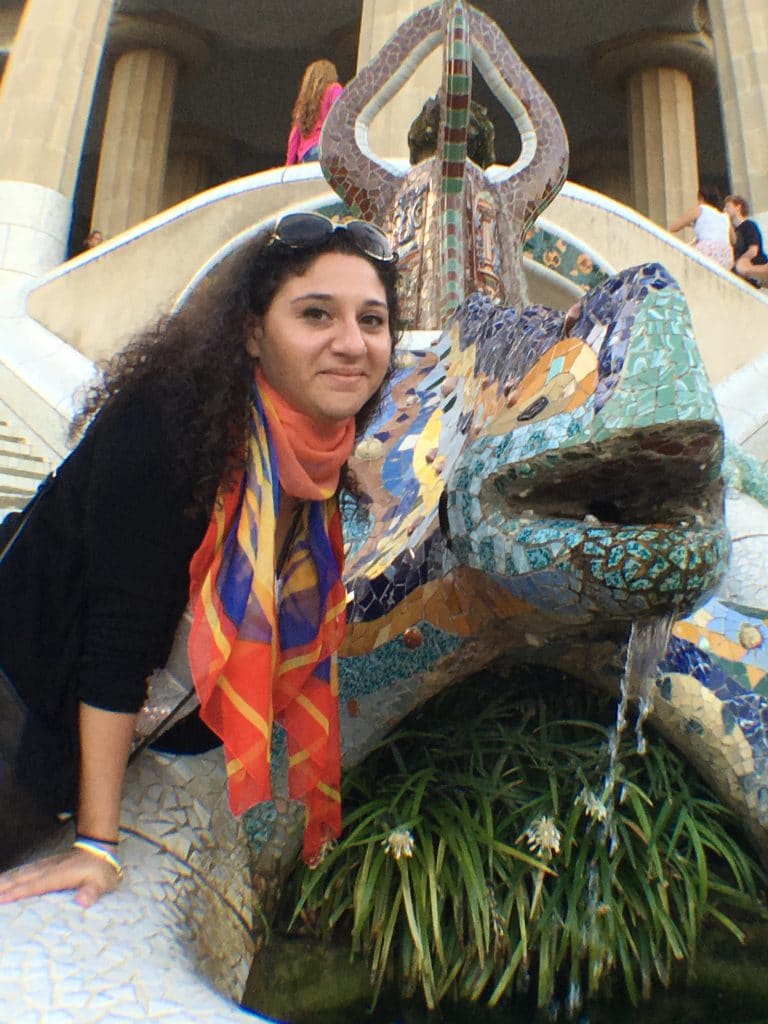
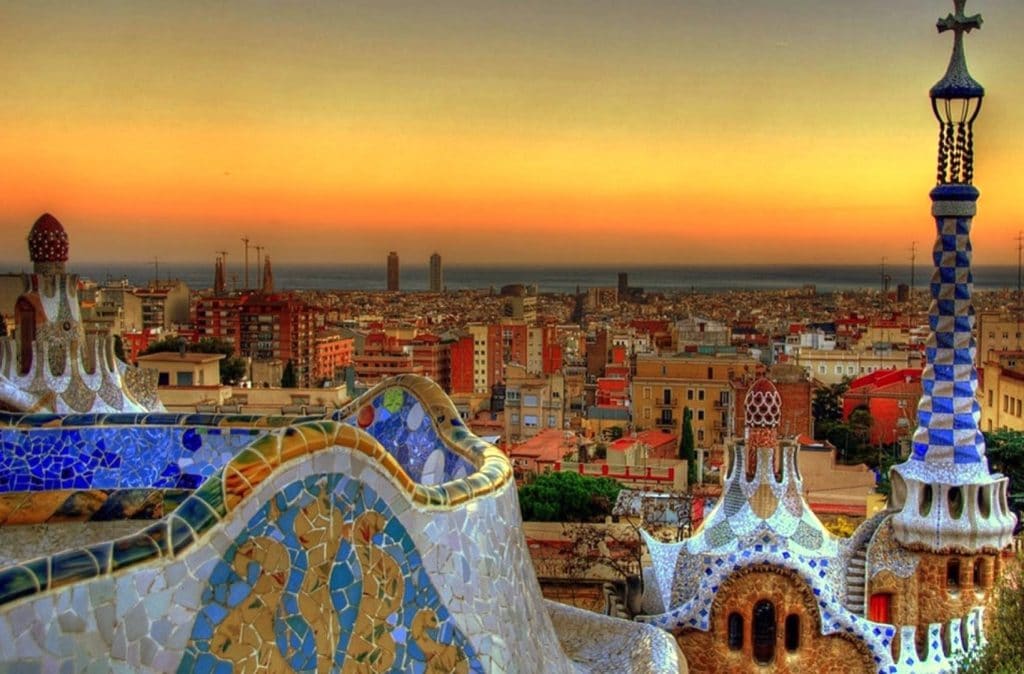
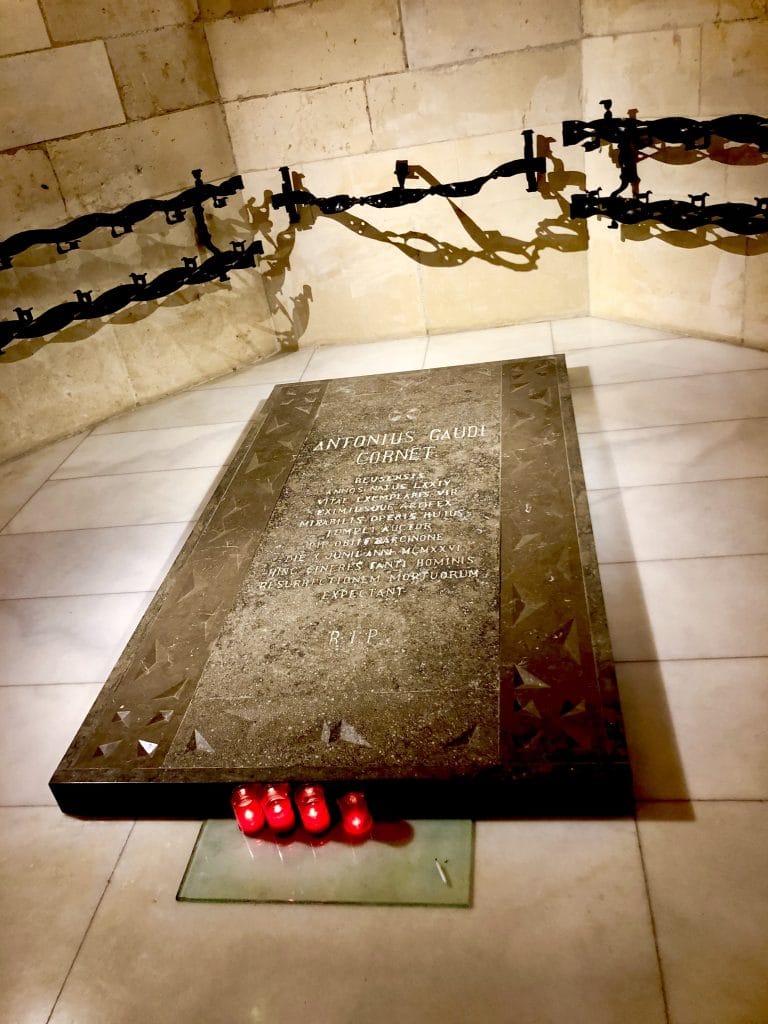
Antoni Gaudi - The Legend
It is unmistakable that Antoni Gaudi made more than his share of contributions to the architectural marvels that make up the city of Barcelona. His unmistakable style and genius integration of themes established a different type of identity for a unique city.
Though these are only four of the many architectural designs Gaudi invented in his lifetime, they are by far the most notable. They encompass his individualistic style that developed and materialized throughout his career. He literally gave his life to the city.
The fascination with Gaudi’s works continues to invoke intrigue from travelers and investors worldwide. He was a man who dedicated his life to a trade he mastered long before it was truly appreciated. His name will echo in unison with Barcelona for eras to come.
Tell Me Your Thoughts
More Travel Inspiration
It started out as a trip being planned to get lost in the wilderness of the Redwood Forrest…we picked up a rental car in San Francisco and made another six-hour journey on land to Eureka, California…
Take it from someone who spent four wonderful months eating my heart out in Prague – there’s A LOT of great food options…check out this list for the best 12 restaurants in Prague on a budget.
Located deep in the High Atlas Mountains, this UNESCO World Heritage Site is one of the oldest surviving ksars in Morocco. Ait Ben Haddou is a wondrous place well worth the day trip from Marrakesh.
Hidden deep in the mountains, there is an ancient city that seems more like a fairy tale land than an actual live place. Machu Picchu, Peru, the old stomping grounds…
Marrakesh is a bustling and vibrant red city, and is the fourth largest in Morocco. As a former imperial city, it is both an economic and vastly cultural. There is plenty to see…
Known for being the industrial capital of Colombia, Bogota is not exactly a tourist haven […] there are still some incredible things to do in Bogota….
More Travel Inspiration
Search hotels and more...
Do you Love Eternal Escapades?
Want to see more great content? Show your support of this site with a small gift to help keep it running. Every bit helps and is greatly appreciated!

Who Am I?
Want to know what makes me such an expert on travel? Find out a little bit more about how I got to visit 50+ countries around the world.
NEWSLETTER SIGNUP
Sign up to get updates about my upcoming blog posts!

